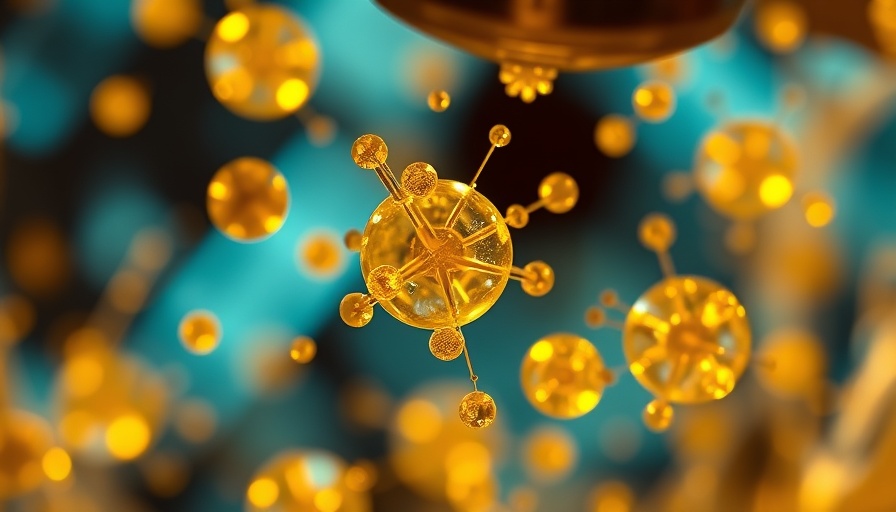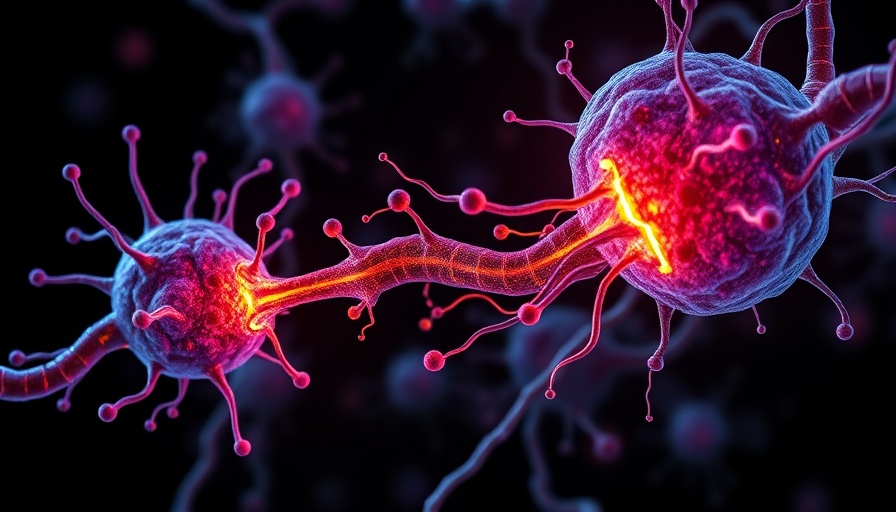
The Promise of Gold Nanoparticles in Vision Restoration
Recent research from Brown University shines a hopeful light on the future of vision restoration for those suffering from retinal disorders. A team of scientists has discovered that microscopic gold nanoparticles could be used to assist in the treatment of macular degeneration and other related ailments. These nanoparticles, which are thinner than a human hair, were shown to be effective in stimulating the visual system in mice, opening doors to revolutionary forms of treatment that require no complicated surgeries.
How It Works: A New Retinal Prosthesis
The concept behind the research is simple yet innovative. Researchers injected gold nanoparticles directly into the retinas of mice suffering from retinal disorders. When these nanoparticles are illuminated by near-infrared laser light, they generate heat that activates functional cells in the retina called bipolar and ganglion cells. By bypassing damaged photoreceptors—cells primarily affected by conditions like macular degeneration—this method provides a new pathway for visual signals to reach the brain.
Why This Research Matters
Retinal disorders affect millions globally, diminishing sight for countless individuals. Traditional healing methods often involve invasive procedures or genetic modifications, which carry risks and complexities. This nanoparticle approach promises a less invasive option, which could significantly transform treatment paradigms for those affected by conditions previously deemed irreparable.
Safety and Efficacy: Positive Initial Results
In the study, researchers reported no adverse effects from the nanoparticle injections or laser stimulation. Utilizing advanced techniques to monitor cellular activity, they confirmed that the nanoparticles excited cells in the retina without causing inflammation or toxicity. These promising results pave the way for future human studies, potentially leading to innovative therapies that restore vision safely and effectively.
Looking Forward: Future Implications
The implications of this research extend far beyond laboratory success; they stimulate hope for millions experiencing vision loss. As advancements in nanotechnology continue to evolve, the integration of gold nanoparticles into clinical settings could redefine the approaches to treating retinal disorders. As we stand on the brink of significant medical breakthroughs, it’s vital for the community to remain informed and engaged with ongoing health research.
 Add Row
Add Row  Add
Add 




 Add Row
Add Row  Add
Add 


Write A Comment